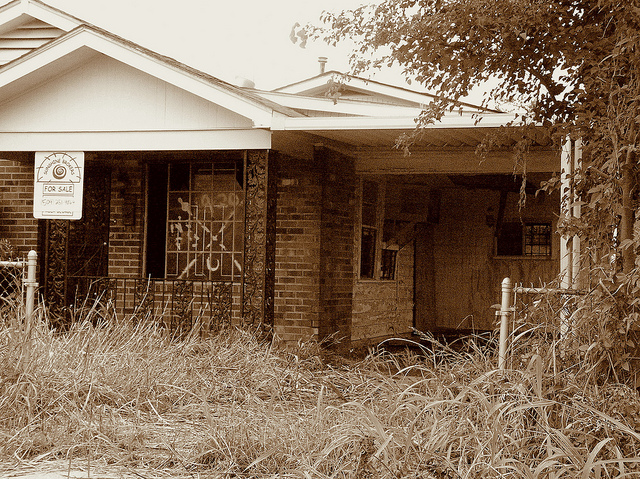When on the market to buy a home, one of the foremost concerns for homeowners is whether or not their home is safe. But getting the full scope of how a safe a home is can be difficult with a single visit or with one internet search, especially if you aren’t applying effective strategies when you’re doing your homework.
The next time you’re buying, remember these tips while researching the safety of your potential home so that you’re investing in safety rather than just square footage. With a focused study of a house along with an insight on the surrounding neighborhood, you can make a home purchase with a drastically reduced possibility of encountering crime.

Researching Online
With a simple search, it can be easy to find a wealth of statistics and graphics for crime levels anywhere. However, these stats can be misleading if they aren’t taken with some context. For example, crime levels in California average around 4.23 per 1,000 residents; however, consider the fact that cities like Arcadia experience less than 1 per 1,000 whereas areas like Oakland suffer crime rates of almost 20 per 1,000.
Crime rates tend to very intensely based on individual areas rather than entire regions, so researching your specific area rather than general statistics is extremely important for an accurate idea of what crime might look like.
Checking the Area
There is a great deal at play in your home’s actual location that can help you determine its safety. If it is situated far off of main roads in less dense population centers, this statistically improves your chances of reduced levels of crime. It’s important to make a note of anything that might indicate the neighborhood’s safety.
- Foreclosed and poorly maintained properties are red flags to a neighborhood. These properties are more likely to be hotbeds of criminal activity. In properly functioning neighborhoods, foreclosed homes are typically maintained by a neighborhood association.
- Pay attention to poorly maintained lawns, broken fencing or windows, and other unchecked property damages and graffiti. Excessive garbage, broken down cars, and other kinds of debris are also concerns. Neglected-looking neighborhoods tend to harbor more criminals due to what social scientists call the “broken windows” theory.
- Look for home modifications that might indicate a presence of crime. Padlocked gates, barred windows, and other security measures can be helpful in preventing criminals from accessing a property, but they can also be a warning sign of a local crime problem.
- What is the nature of foot traffic on the streets? Are there children playing, loiterers lingering around certain properties, or nobody at all? If you notice particular trends during repeated visits, they can be significant to how the neighborhood’s safety is perceived by residents.
Inspecting the Home
While the neighborhood that you live in has a huge impact on your property’s exposure to crime, an even greater amount of factors from within your prospective home influences it. Various home modifications and the way that the property is situated are some of the best ways to judge how safe and resistant it is from crime.
- Is there a fence surrounding the property? Is it tall and sturdy enough to repel crooks? A gated fence is one of the first clues of how well a property can fend off home invasion.
- What do the doors and windows looks like? If doors are flimsy and made with low quality pin tumbler locks without any additions, these are marks against them being able to keep out burglars. If windows lack any kind of additions such as screw anchors or screens, this can provide an easy access for invasion.
- Is there wiring already installed for a security alarm system? This doesn’t necessarily indicate your home’s ability to repel crime, but it is an important and costly consideration if you intend on installing home security additions to your home.
- How visible is your home? If its entrance is out of the way and not visible from the street, this can be a serious security problem. Floodlights and motion sensing lights are both options that can keep a home illuminated, so look for these additions.
The Last Line of Defense
You’re obviously not able to be home with your safe keepings at all times, so the last line of defense between you and a burglar, staking out the home, is a safe. Robbers and burglars frequently “stake out” or “case” their targets and this means that your valuables are left for the taking. It is imperative that a safe is considered as a feasible line of defense. Although, any safe may not work, you should understand burglary ratings because some criminals have access to powerful tools. It is important to do some research before equipping your home with a safe.
These considerations are just a few that you can use to help find a home that is as safe as it might be appealing. While curb appeal and convenience of location can be significant, it’s always important to remember the fundamental reason that shelter exists when making a home purchasing decision – to keep its residents safe.
